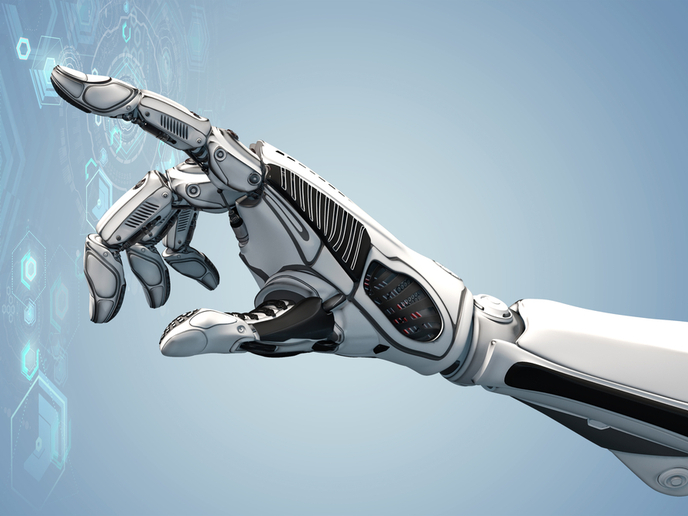Improving proteins purification and immobilisation procedures
Bioprocessing is a relatively new type of advanced manufacturing. It involves chemical, physical, and biological processes employed by living organisms or their cellular components, in order to create commercial products with unique characteristics. Purification and immobilisation of proteins is a common tool used during bioprocessing procedures conducted by industrial sectors, which deal with food products, biopharmaceuticals and immobilized enzymes. Unfortunately, the materials that are used today for these purposes do not seem to fulfil all the customers needs in terms of productivity, inertness, stability, flow properties and price. The project entitled “Solid Matrices for Bioprocessing” aimed to provide an answer to these needs for purification and immobilisation of enzymes, antigens and antibodies by focusing on solid matrices. A number of matrices were manufactured by partners specialised in their development and they were evaluated industrially in enzyme, food and pharmaceutical manufacturing processes. The results of the evaluation showed that immobilized enzymes can be utilised as biocatalysts during food processing while immobilised antigens and antibodies can be implemented for very large-scale purification of biopharmaceuticals. Moreover a ten-fold increase of the performance/price ratio could be achieved by the use of matrices, improving the capacity, flow properties and kinetics and by reducing the production cost. Moreover, the research analysed can serve as a reference for the utilisation of matrices in many other similar applications in the future.







